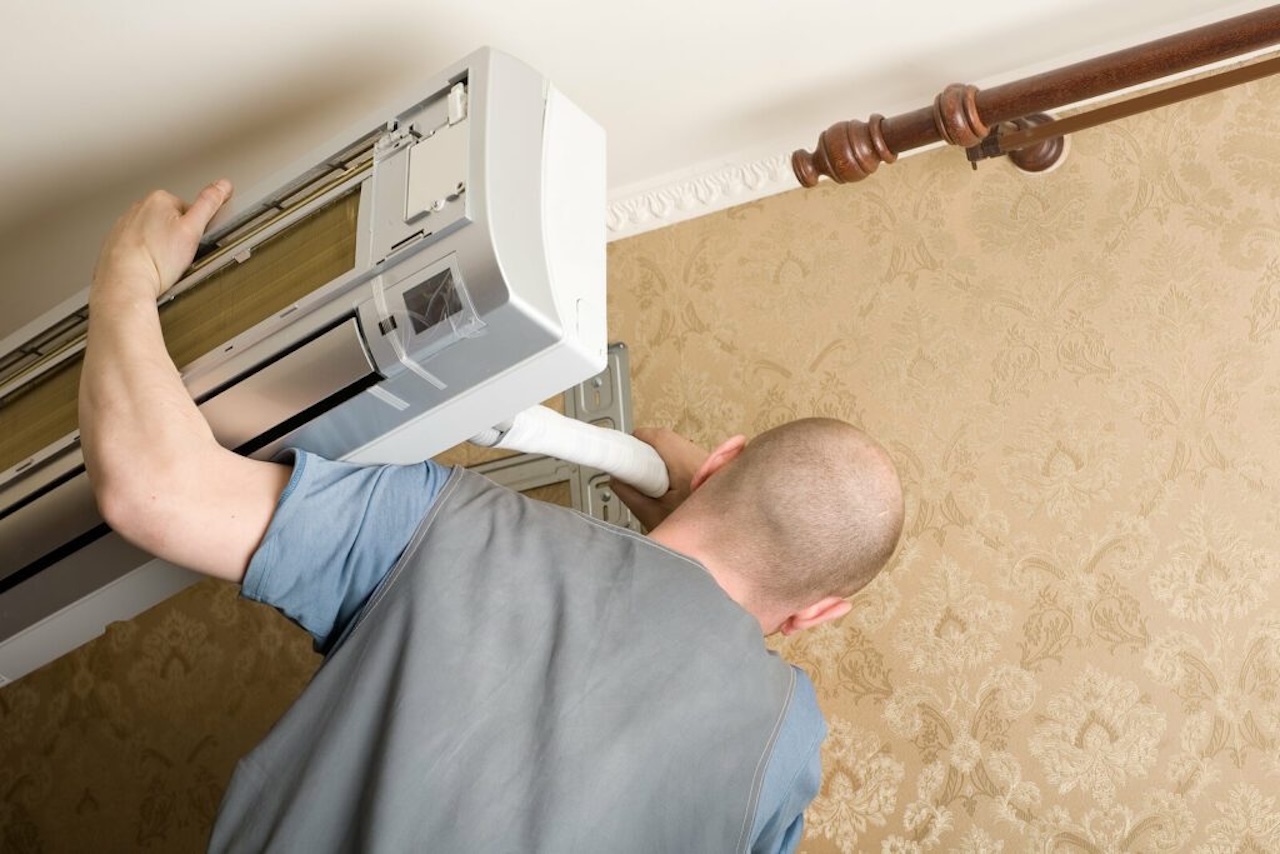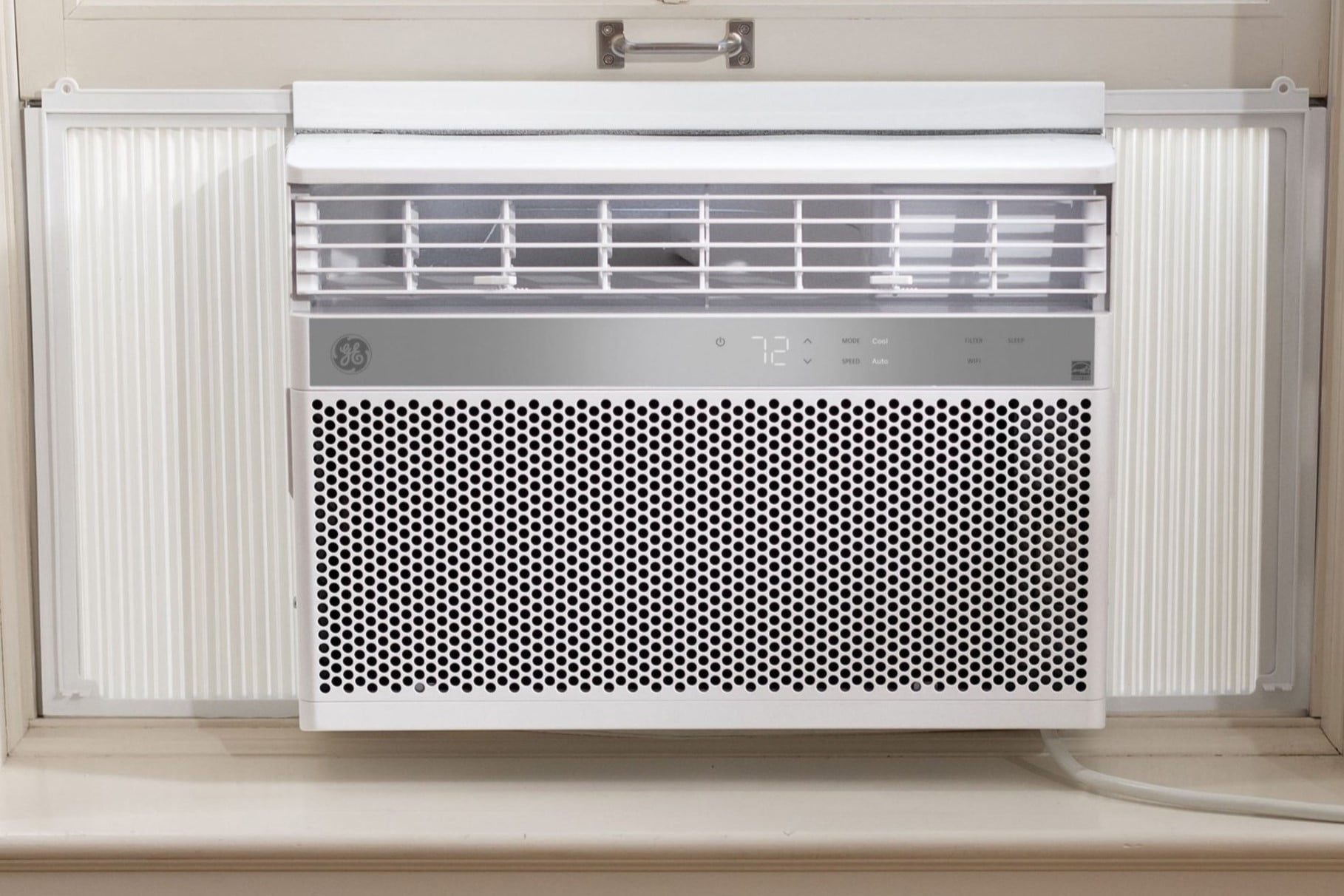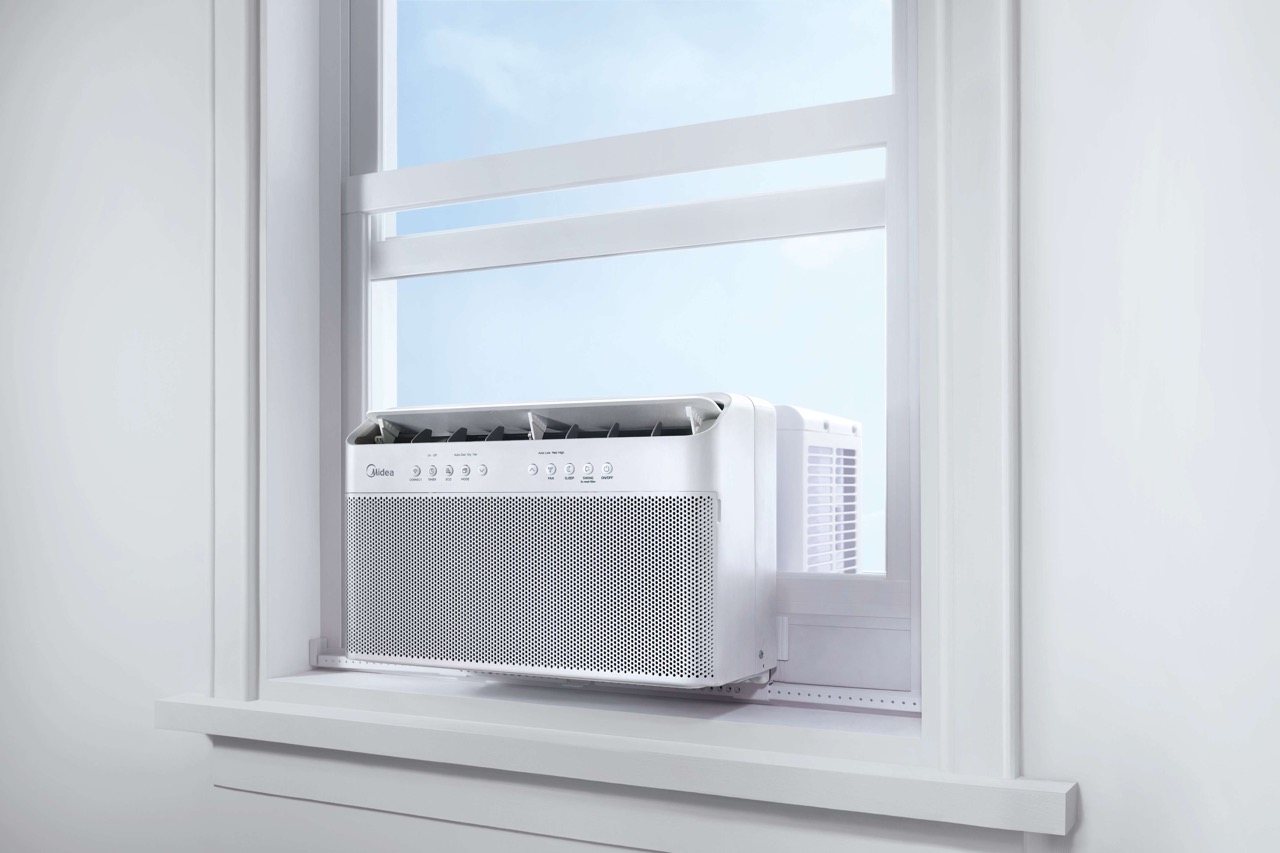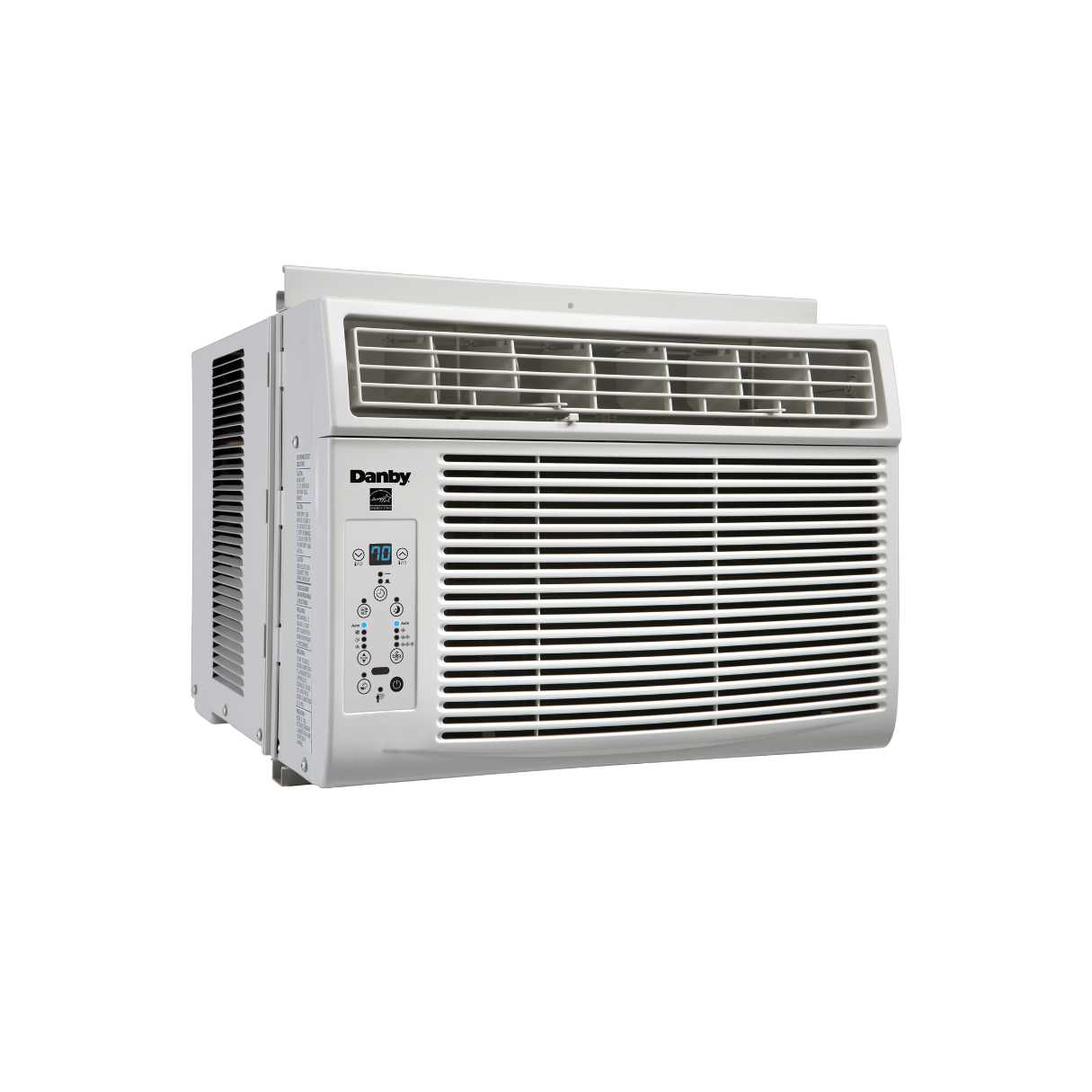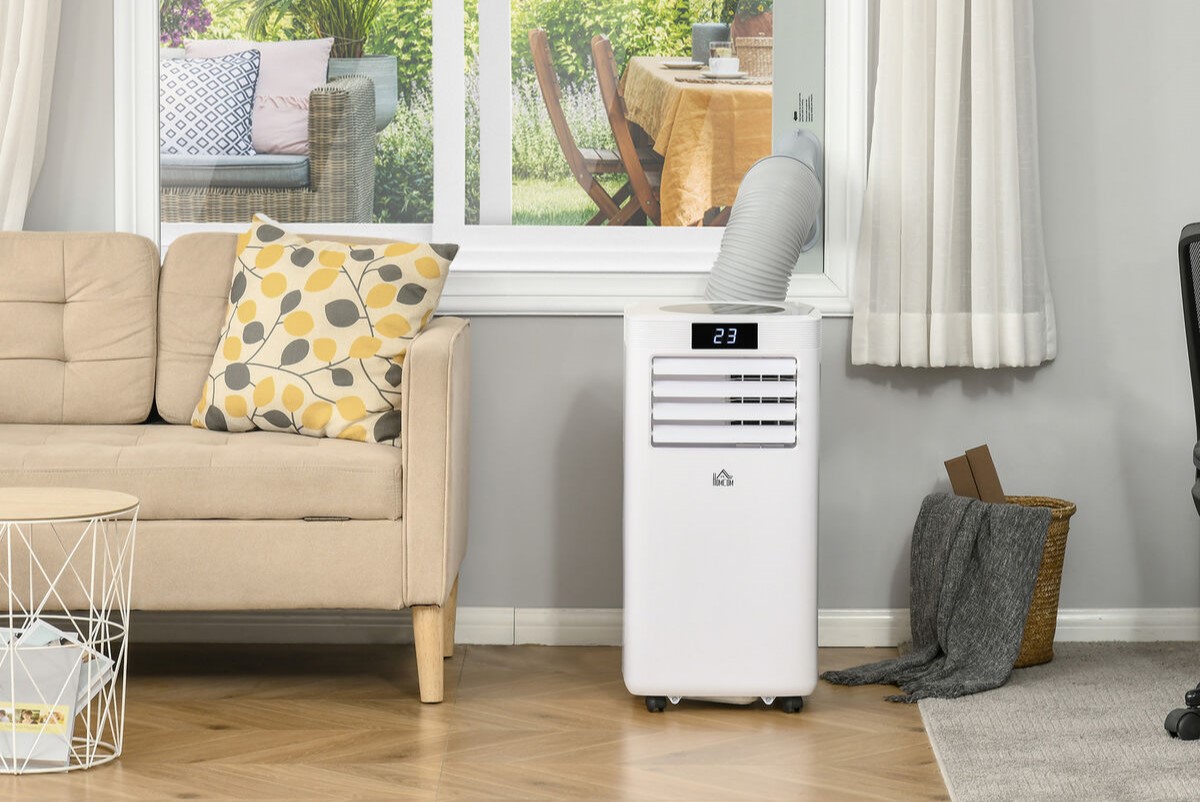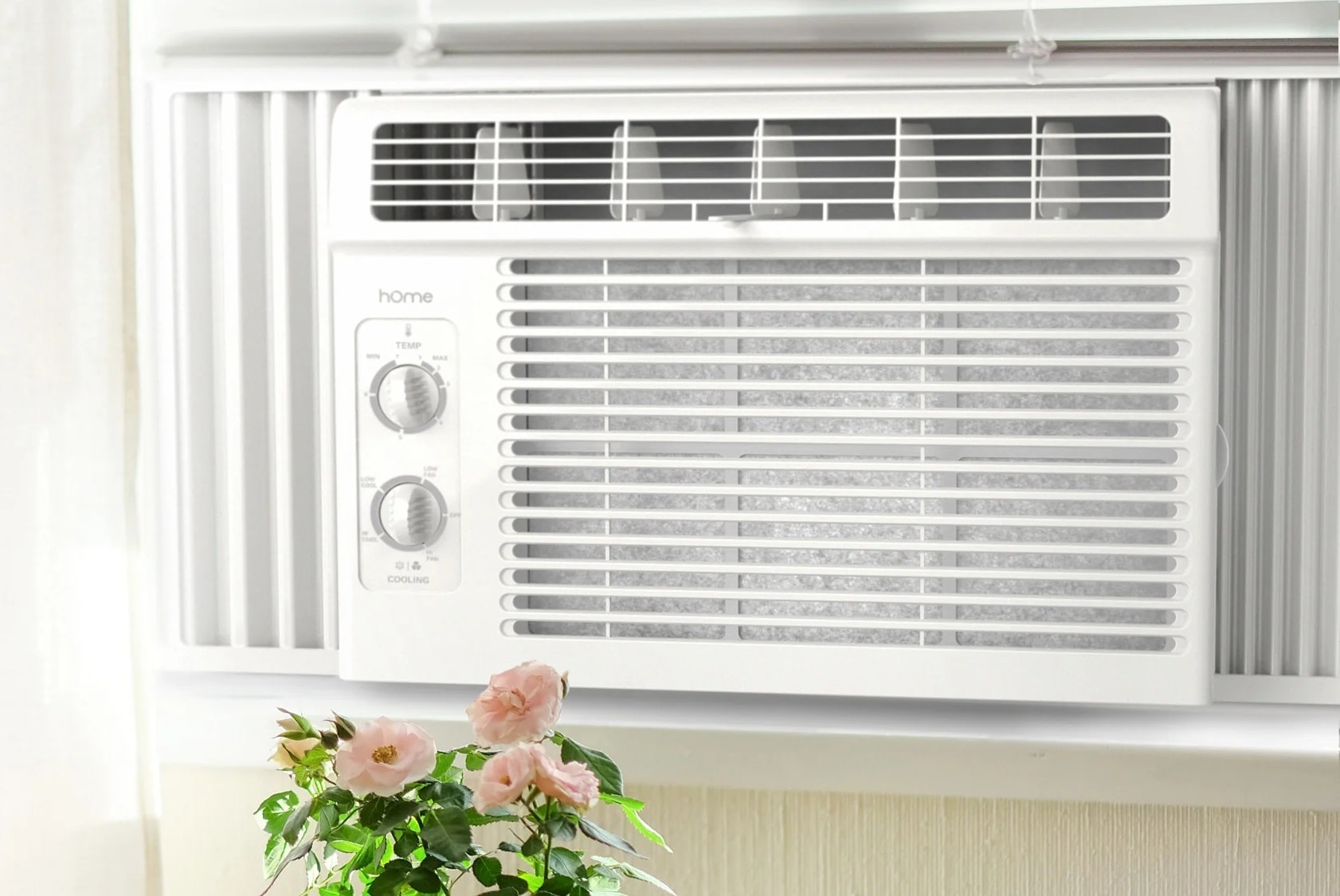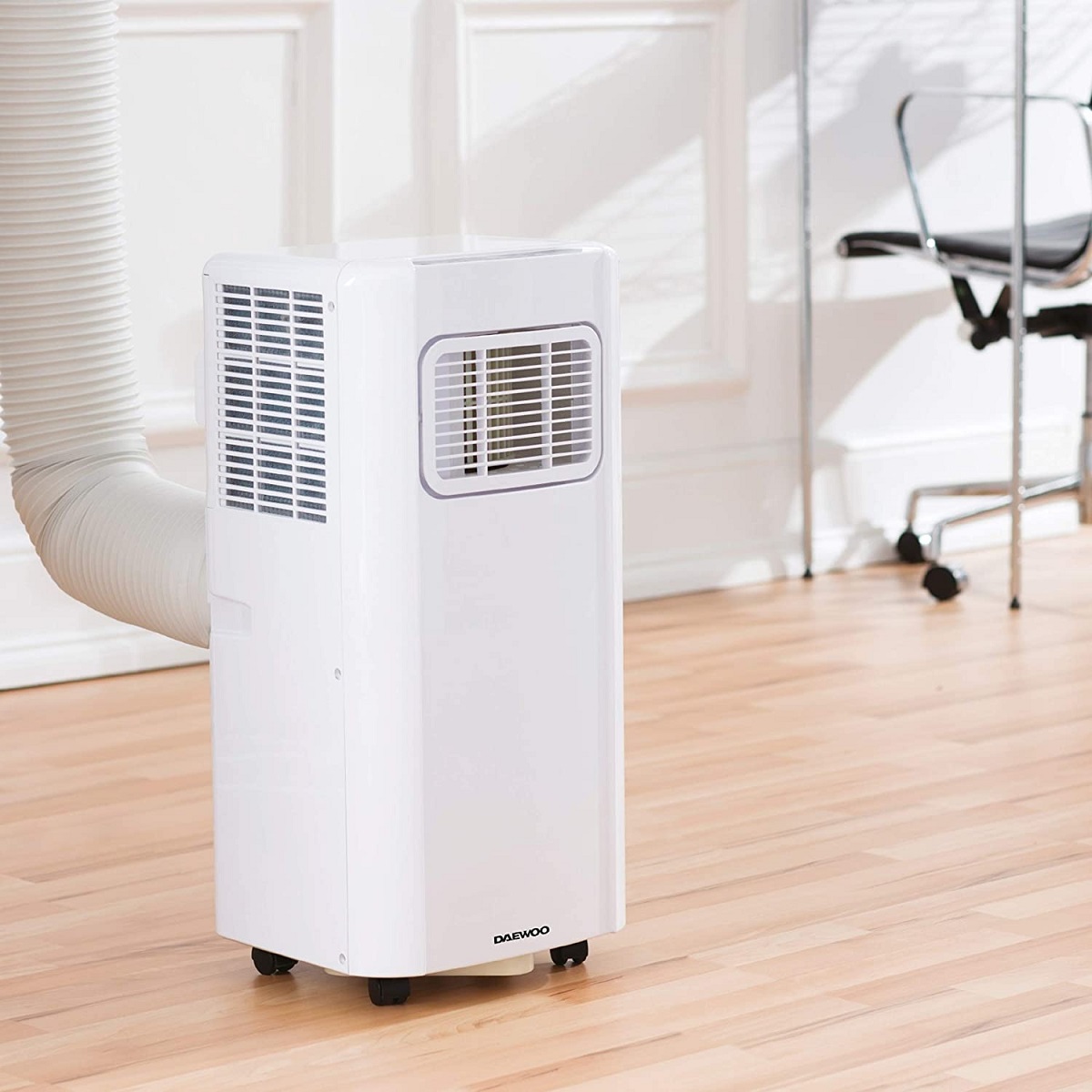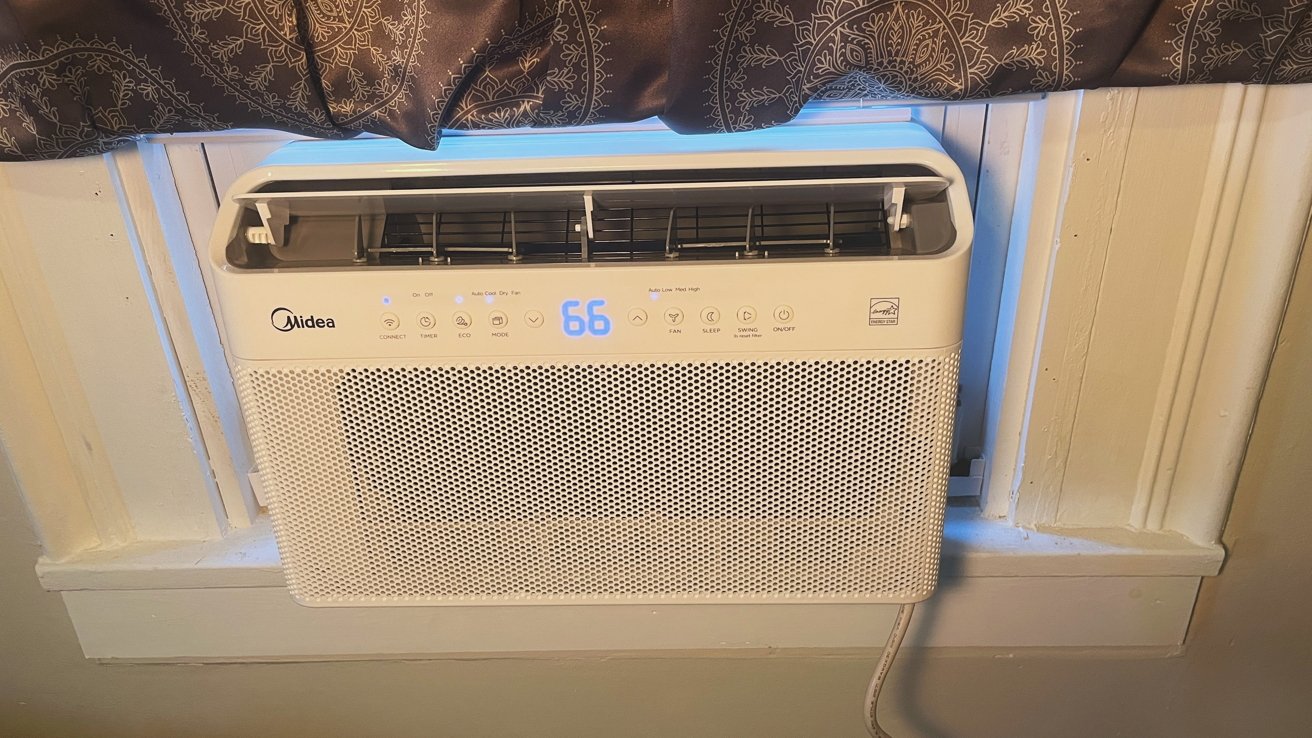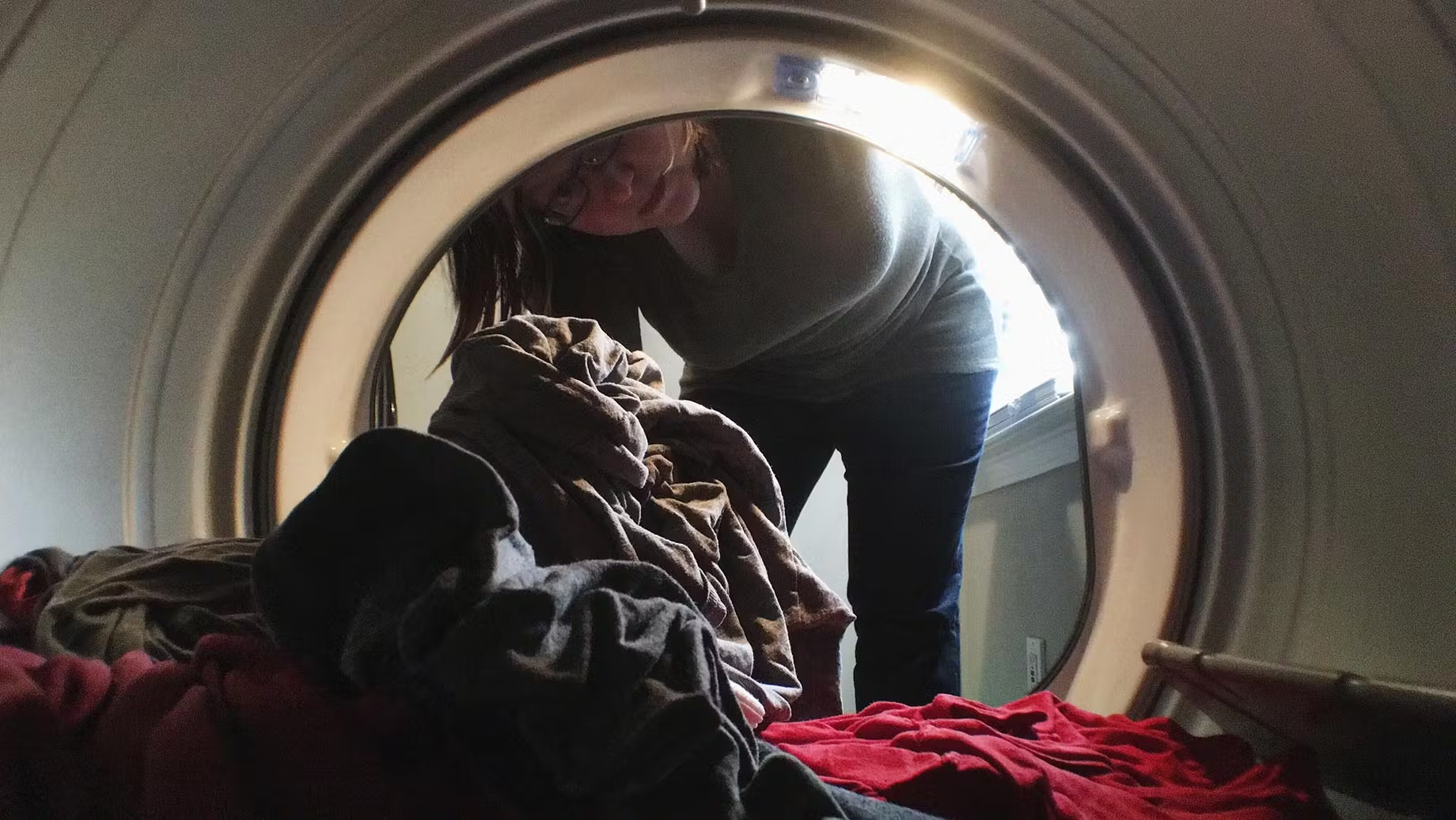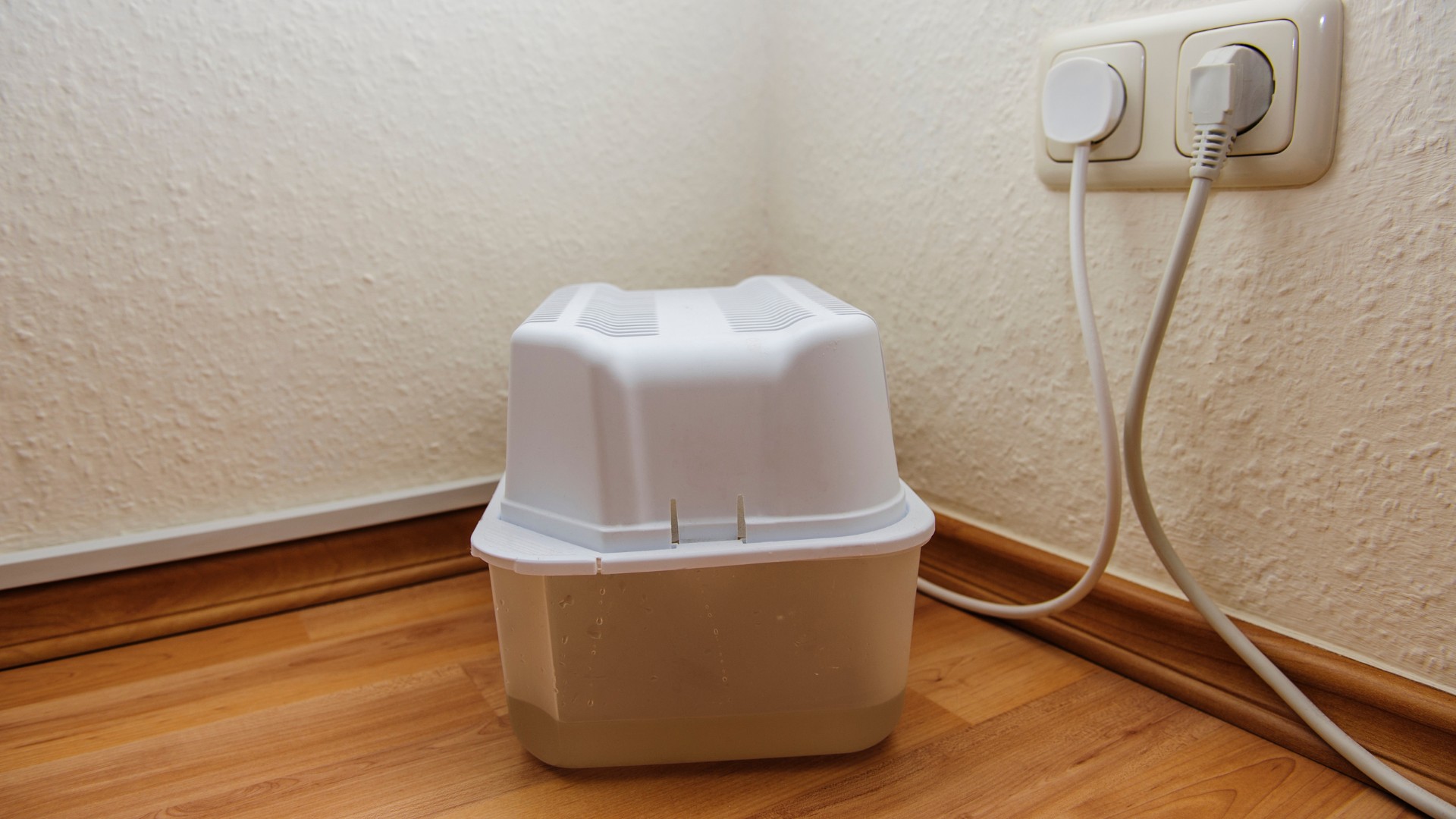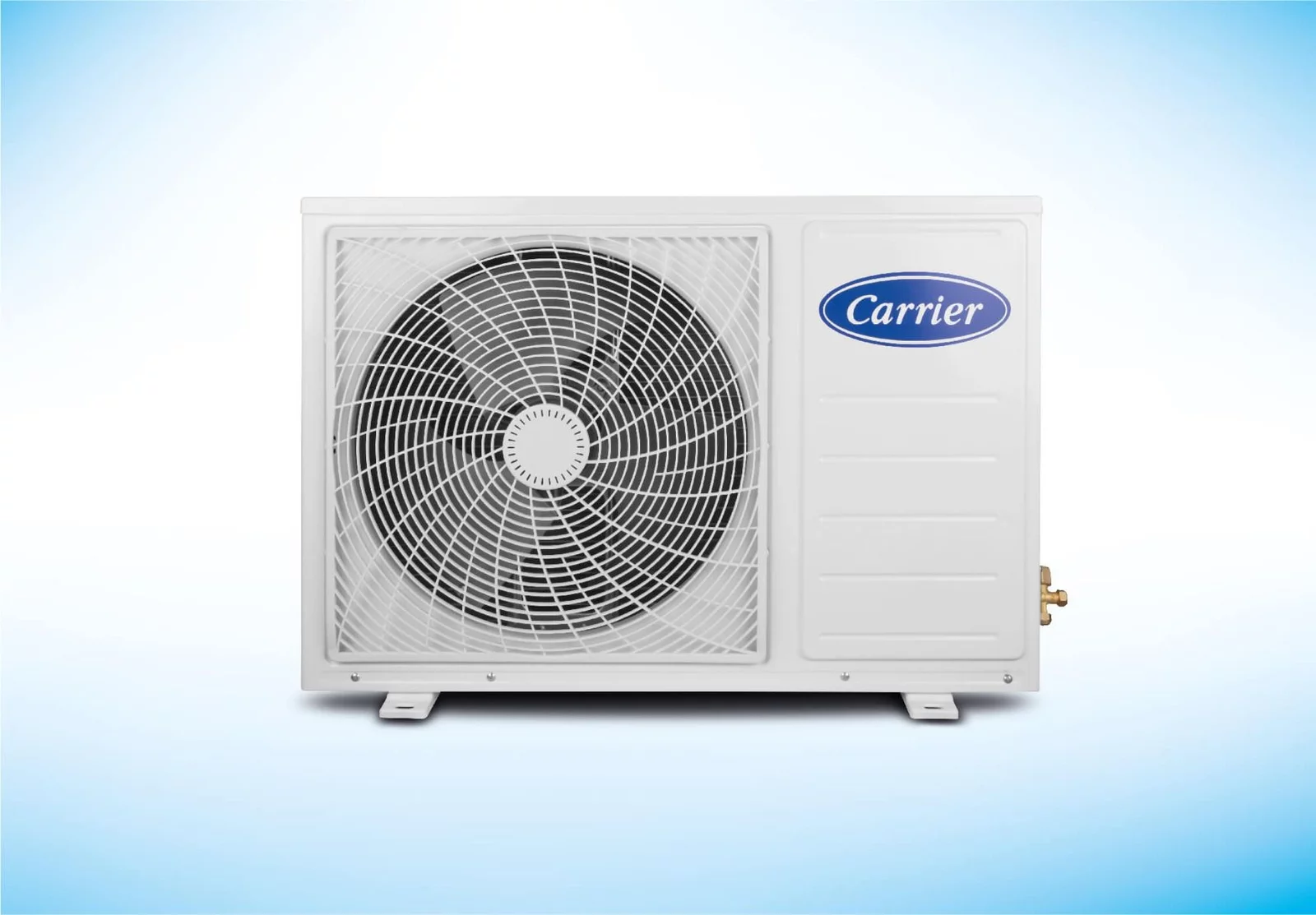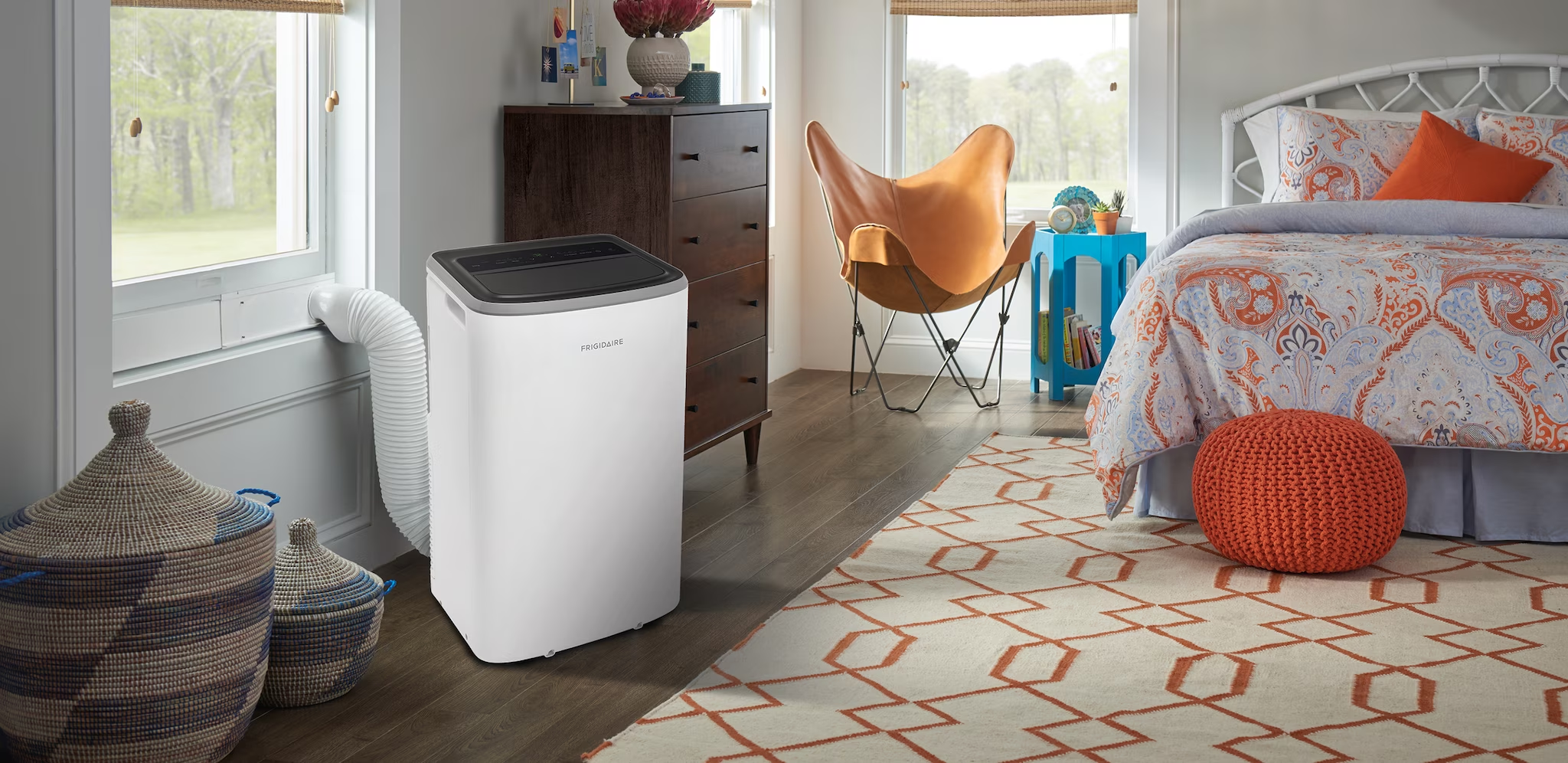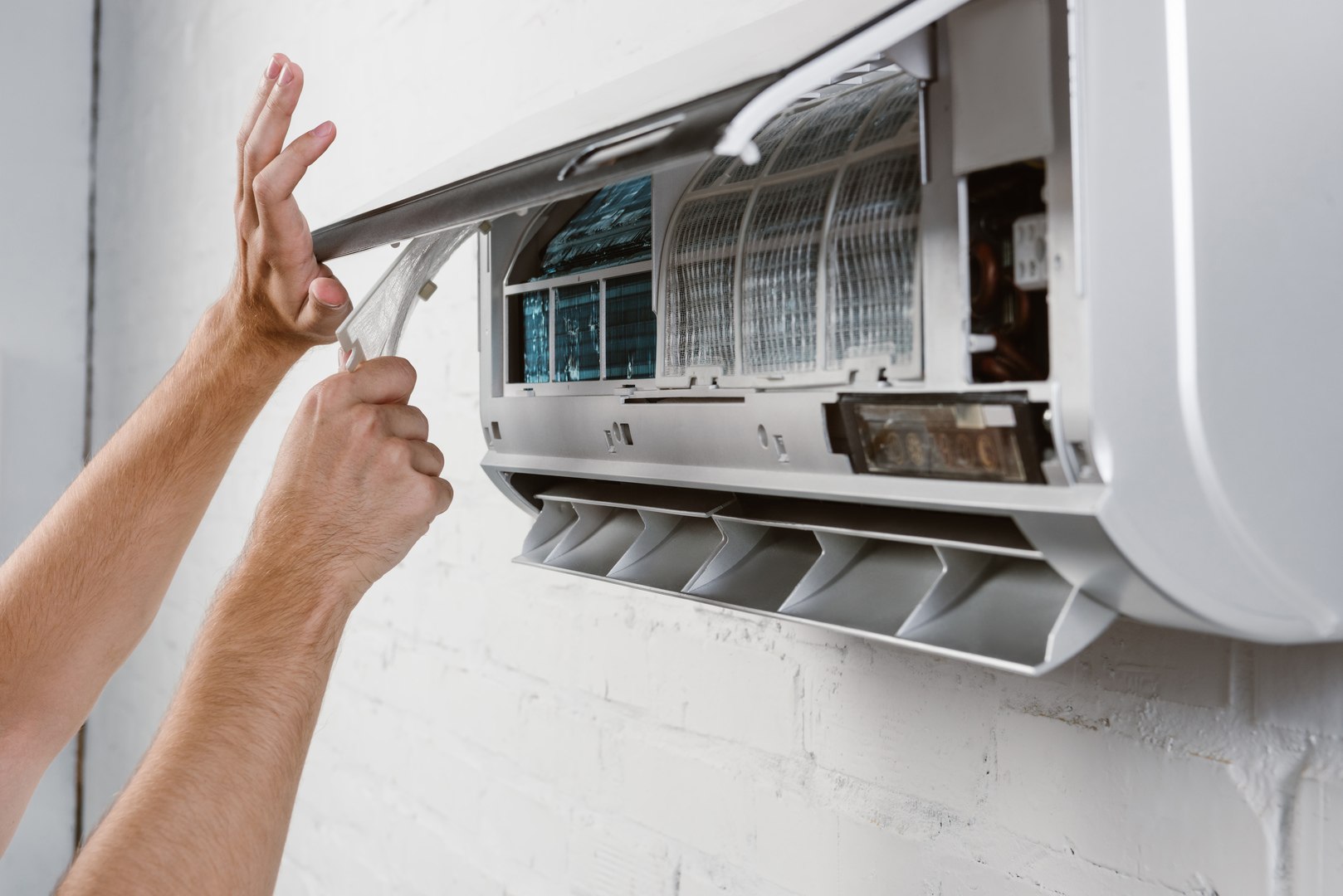Home>Home Maintenance>How Much Power Does A 5000 Btu Air Conditioner Use
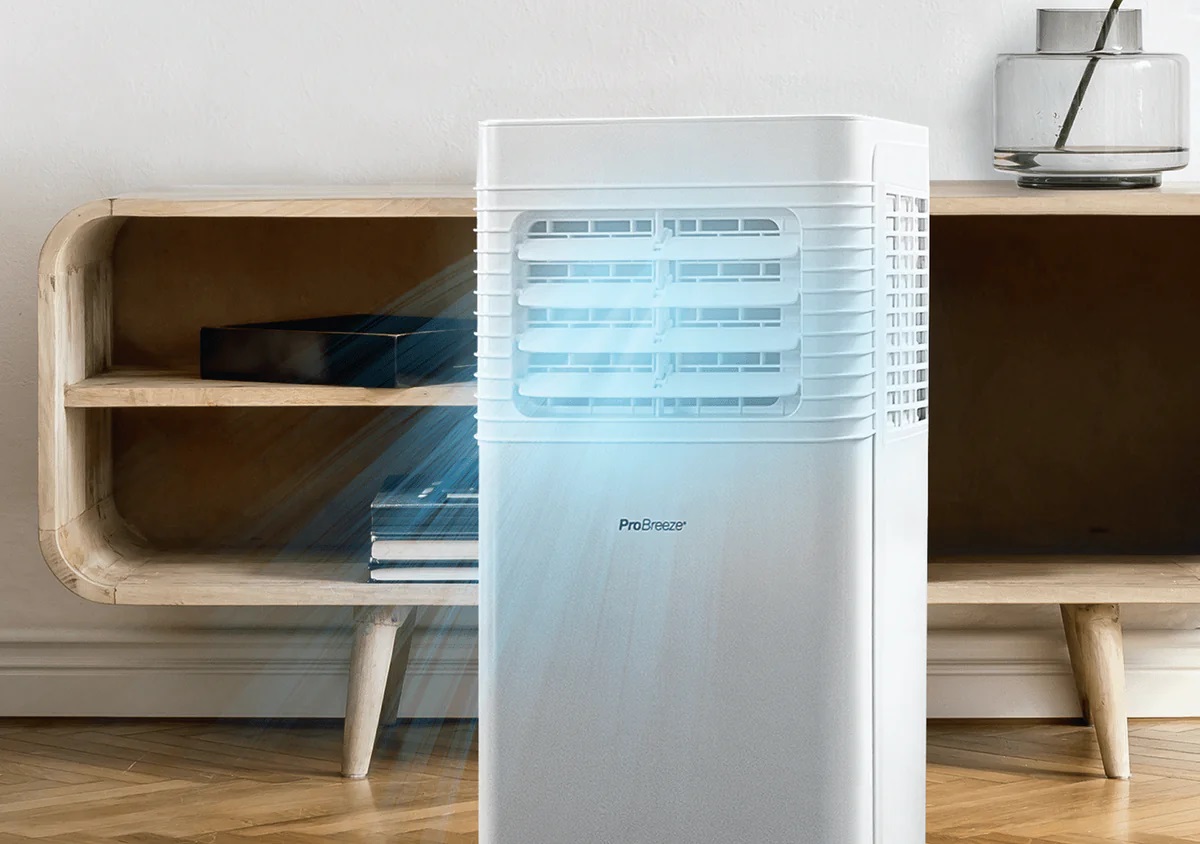

Home Maintenance
How Much Power Does A 5000 Btu Air Conditioner Use
Modified: March 7, 2024
Learn about the power consumption of a 5000 BTU air conditioner, an essential aspect of home maintenance. Discover how much energy it uses and its impact on your electricity bill.
(Many of the links in this article redirect to a specific reviewed product. Your purchase of these products through affiliate links helps to generate commission for Storables.com, at no extra cost. Learn more)
Introduction
Welcome to our comprehensive guide on understanding the power consumption of a 5000 BTU air conditioner. As temperatures rise, many homeowners turn to air conditioning units to keep their living spaces cool and comfortable. However, it’s essential to understand the energy usage and cost implications of running an air conditioner.
In this article, we will break down the power usage of a 5000 BTU air conditioner and explore various factors that can affect its electricity consumption. Additionally, we will provide tips on how to minimize power consumption and maximize energy efficiency, helping you save both money and the environment.
So, whether you’re looking to purchase a 5000 BTU air conditioner or already own one, let’s dive in and gain a deeper understanding of its power consumption.
Key Takeaways:
- Understanding the power usage of a 5000 BTU air conditioner is essential for managing energy costs and environmental impact. Factors like room size, insulation, and energy efficiency affect power consumption.
- By choosing an energy-efficient 5000 BTU air conditioner and implementing practical tips like optimizing temperature settings and utilizing natural ventilation, you can reduce power consumption, save on energy costs, and create a more sustainable living space.
Understanding BTU and Air Conditioning
Before we delve into the power consumption of a 5000 BTU air conditioner, it’s important to understand what BTU means in the context of air conditioning.
BTU, or British Thermal Unit, is a unit of measurement used to quantify the amount of heat energy needed to raise or lower the temperature of a specific amount of water by one degree Fahrenheit. In the case of air conditioning, BTU is used to measure the cooling capacity of an air conditioner.
The cooling capacity of an air conditioner is directly proportional to its BTU rating. A higher BTU rating indicates a more powerful air conditioner capable of cooling larger spaces. Conversely, a lower BTU rating corresponds to a smaller unit suitable for cooling smaller areas.
Now that we understand the concept of BTU, let’s explore how it relates to the power consumption of a 5000 BTU air conditioner.
An air conditioner requires electricity to operate its various components, such as the compressor, fan, and controls. The amount of electricity consumed by an air conditioner is measured in watts.
It’s important to note that the power consumption of an air conditioner is not solely determined by its BTU rating. Other factors, such as the energy efficiency of the unit, the ambient temperature, and the insulation of the room, play a significant role in determining power usage.
Now that we have a basic understanding of how BTU and power consumption are related, let’s explore the factors that can affect the electricity consumption of a 5000 BTU air conditioner.
Factors that Affect Power Consumption
The power consumption of a 5000 BTU air conditioner can be influenced by several factors. Understanding these factors can help you make informed decisions about how to effectively manage and optimize the energy usage of your air conditioner. Let’s take a closer look at these factors:
- Room Size: The size of the room that your air conditioner is cooling directly affects its power consumption. If the room is larger than the recommended capacity of the air conditioner, it will have to work harder and consume more energy to cool the space adequately. Conversely, if the room is smaller than the recommended capacity, the air conditioner may cycle on and off frequently, resulting in inefficient energy usage.
- Insulation: The level of insulation in your home plays a crucial role in power consumption. Well-insulated rooms retain cool air more effectively, reducing the workload on the air conditioner. On the other hand, poorly insulated rooms allow cool air to escape, requiring the air conditioner to work harder and consume more energy to maintain the desired temperature.
- Ambient Temperature: The ambient temperature outside can impact the power consumption of your air conditioner. In hotter climates, the air conditioner will need to work harder to cool the room, leading to higher power usage. It’s worth noting that the power consumption can also increase during heatwaves or extremely hot days when the air conditioner is under additional strain.
- Thermostat Settings: The temperature settings on your air conditioner play an essential role in power consumption. Setting the thermostat to a lower temperature will lead to higher power usage, as the air conditioner has to work harder to reach and maintain that temperature. Consider setting the thermostat to a comfortable but energy-efficient temperature to minimize power consumption.
- Usage Patterns: How frequently and for how long you use the air conditioner can impact its power consumption. If you run the air conditioner consistently or for prolonged periods, it will use more electricity. Be mindful of when and how long you use the air conditioner, and consider utilizing alternate cooling methods, such as fans or natural ventilation, when appropriate.
- Energy Efficiency: The energy efficiency rating of your air conditioner can significantly impact its power consumption. Air conditioners with higher energy efficiency ratings, such as those with ENERGY STAR certification, consume less energy to achieve the same cooling effect. Investing in an energy-efficient air conditioner can help reduce your electricity bills in the long run.
By considering these factors and implementing appropriate measures, such as improving insulation, setting optimal thermostat temperatures, and using the air conditioner judiciously, you can effectively manage and minimize the power consumption of your 5000 BTU air conditioner.
Power Usage of 5000 BTU Air Conditioner
A 5000 BTU air conditioner is designed to cool small rooms or spaces, making it an ideal choice for bedrooms, small apartments, or home offices. Understanding the power usage of a 5000 BTU air conditioner will help you estimate the energy consumption and associated costs.
On average, a 5000 BTU air conditioner consumes approximately 500-600 watts of electricity per hour when running at full capacity. However, it’s essential to note that the actual power usage may vary depending on various factors, such as the energy efficiency of the unit and the operating conditions.
To calculate the energy consumption of the air conditioner accurately, multiply the wattage by the number of hours the unit runs daily. For example, if you run the air conditioner for 8 hours a day, the daily energy consumption would range from 4000 to 4800 watt-hours (4-4.8 kWh). Multiply this by the cost per kilowatt-hour (kWh) charged by your electric utility provider to determine the daily cost of operating the air conditioner.
It’s worth mentioning that newer models of 5000 BTU air conditioners often come with energy-saving features, such as programmable timers, sleep modes, and adjustable fan speeds. These features can help optimize power usage and reduce energy consumption by running the unit only when needed or by adjusting the cooling level based on the room temperature.
Apart from the power consumption during operation, it’s also important to consider the standby power usage of the air conditioner. Even when not actively cooling, the unit may consume a small amount of power in standby mode to power the control panel or maintain standby functions. While the standby power usage is relatively low compared to active operation, it’s still a factor to keep in mind when evaluating the overall energy consumption of the air conditioner.
By understanding the power usage of a 5000 BTU air conditioner, you can estimate its impact on your electricity bills and make informed decisions about usage patterns and energy-saving practices.
Consider using a programmable thermostat to control the temperature and reduce energy usage. Keep the filter clean to maintain efficiency.
Energy Efficiency and Cost Savings
When considering the power usage of a 5000 BTU air conditioner, it’s important to take into account its energy efficiency and the potential cost savings associated with using an efficient unit. Energy-efficient air conditioners not only reduce environmental impact but also help lower electricity bills. Here’s how energy efficiency and cost savings go hand in hand:
1. Energy Efficiency Rating: Air conditioners are assigned an Energy Efficiency Ratio (EER) or Seasonal Energy Efficiency Ratio (SEER) rating. The higher the EER or SEER rating, the more energy-efficient the unit is. Look for air conditioners with higher ratings, such as those with ENERGY STAR certification, as they are designed to consume less energy while providing the same level of cooling. This means you can enjoy a comfortable indoor environment while saving on energy costs.
2. Lower Power Consumption: Energy-efficient air conditioners are designed to use less power to achieve the same desired cooling effect. By reducing the power consumption, you can significantly impact your electricity bills. Over time, the cost savings from using an energy-efficient unit can be substantial, helping you save money in the long run.
3. Cost per Kilowatt-Hour: The cost of electricity varies depending on your location and the rate charged by your electric utility provider. By reducing the power consumption of your air conditioner, you effectively lower the number of kilowatt-hours (kWh) consumed, resulting in lower energy bills. Reflect on the cost per kWh in your area and calculate the potential savings by choosing an energy-efficient air conditioning unit.
4. Additional Energy-Saving Features: Energy-efficient air conditioners often come equipped with additional features that further enhance energy savings. These may include programmable timers, sleep modes, and adjustable fan speeds. By utilizing these features effectively, you can tailor the air conditioner’s operation to your specific needs, minimizing unnecessary power usage and maximizing cost savings.
5. Long-Term Investment: While energy-efficient air conditioners may have a higher upfront cost compared to less efficient models, they offer long-term cost savings. Over time, the money saved on energy bills can help offset the initial investment. Additionally, energy-efficient units are designed to be durable and have a longer lifespan, reducing the need for frequent replacement and further contributing to cost savings in the long run.
By choosing an energy-efficient 5000 BTU air conditioner and implementing energy-saving practices, you can reduce power consumption, lower electricity bills, and contribute to a greener and more sustainable future.
Read more: How Big Is A 5000 Btu Air Conditioner
Tips for Reducing Power Consumption
Reducing the power consumption of your 5000 BTU air conditioner not only helps save on energy costs but also promotes sustainability by minimizing your environmental impact. Here are some practical tips to help you reduce power consumption:
- Optimize Temperature Settings: Set your thermostat to an energy-efficient temperature. Every degree you raise the temperature can significantly impact energy usage. Consider setting the temperature a bit higher during the daytime when you’re not at home, and lower it when you need cooling.
- Utilize Natural Ventilation: On mild days or during cooler evenings, take advantage of natural ventilation by opening windows to allow fresh air to circulate. This can help reduce the need for air conditioning and lower power consumption.
- Use Programmable Timers: Many 5000 BTU air conditioners come with programmable timers. Utilize these timers to schedule the air conditioner to turn on shortly before you arrive home or to turn off automatically when you’re away. This way, you can save energy while ensuring a comfortable environment upon your return.
- Keep Doors and Windows Closed: To prevent cool air from escaping and warm air from entering your space, make sure all doors and windows are properly sealed when the air conditioner is running. This helps maintain the desired temperature and reduces the workload on the unit.
- Supplement with Fans: Instead of relying solely on the air conditioner, use fans to enhance air circulation. Fans can create a cooling effect and help distribute cool air more efficiently, allowing you to set the air conditioner at a higher temperature and consume less energy.
- Improve Insulation: Proper insulation plays a crucial role in reducing power consumption. Ensure your space is well-insulated, especially around windows and doors, to minimize heat transfer. This will allow your air conditioner to work more efficiently and consume less power.
- Maintain Regular Air Conditioner Maintenance: Keeping your air conditioner well-maintained is essential for optimal performance and energy efficiency. Clean or replace air filters regularly, inspect and clean the condenser coils, and remove any debris from the unit. A well-maintained air conditioner operates more efficiently, reducing power consumption.
- Consider Purchasing Energy-Efficient Models: When it comes time to replace your air conditioner, choose an energy-efficient model with a higher EER or SEER rating. Look for units with ENERGY STAR certification, as they are specifically designed to consume less energy while providing effective cooling.
By implementing these tips, you can effectively reduce the power consumption of your 5000 BTU air conditioner, save on energy costs, and create a more environmentally-friendly living space.
Conclusion
Understanding the power consumption of a 5000 BTU air conditioner is crucial for effectively managing energy usage and minimizing costs. By grasping the relationship between BTU, power consumption, and factors that affect energy usage, you can make informed decisions to optimize your air conditioner’s efficiency.
Factors such as room size, insulation, ambient temperature, thermostat settings, usage patterns, and energy efficiency all play a role in determining the power consumption of your air conditioner. By considering these factors and making conscious choices, you can reduce power consumption and save on energy costs.
Investing in an energy-efficient 5000 BTU air conditioner can provide long-term cost savings while reducing your environmental footprint. Look for units with higher EER or SEER ratings and ENERGY STAR certification to ensure optimal energy efficiency.
Implementing practical tips, such as optimizing temperature settings, utilizing natural ventilation, using programmable timers, and supplementing with fans, can further reduce power consumption. Additionally, maintaining regular air conditioner maintenance and improving insulation can enhance efficiency and minimize energy usage.
Ultimately, by incorporating these measures and being mindful of your air conditioner’s power usage, you can create a comfortable living space while contributing to a more sustainable and energy-efficient future.
So, whether you’re cooling a small bedroom, home office, or apartment, remember that managing the power consumption of your 5000 BTU air conditioner not only benefits your wallet but also helps protect the environment for future generations.
Frequently Asked Questions about How Much Power Does A 5000 Btu Air Conditioner Use
Was this page helpful?
At Storables.com, we guarantee accurate and reliable information. Our content, validated by Expert Board Contributors, is crafted following stringent Editorial Policies. We're committed to providing you with well-researched, expert-backed insights for all your informational needs.
